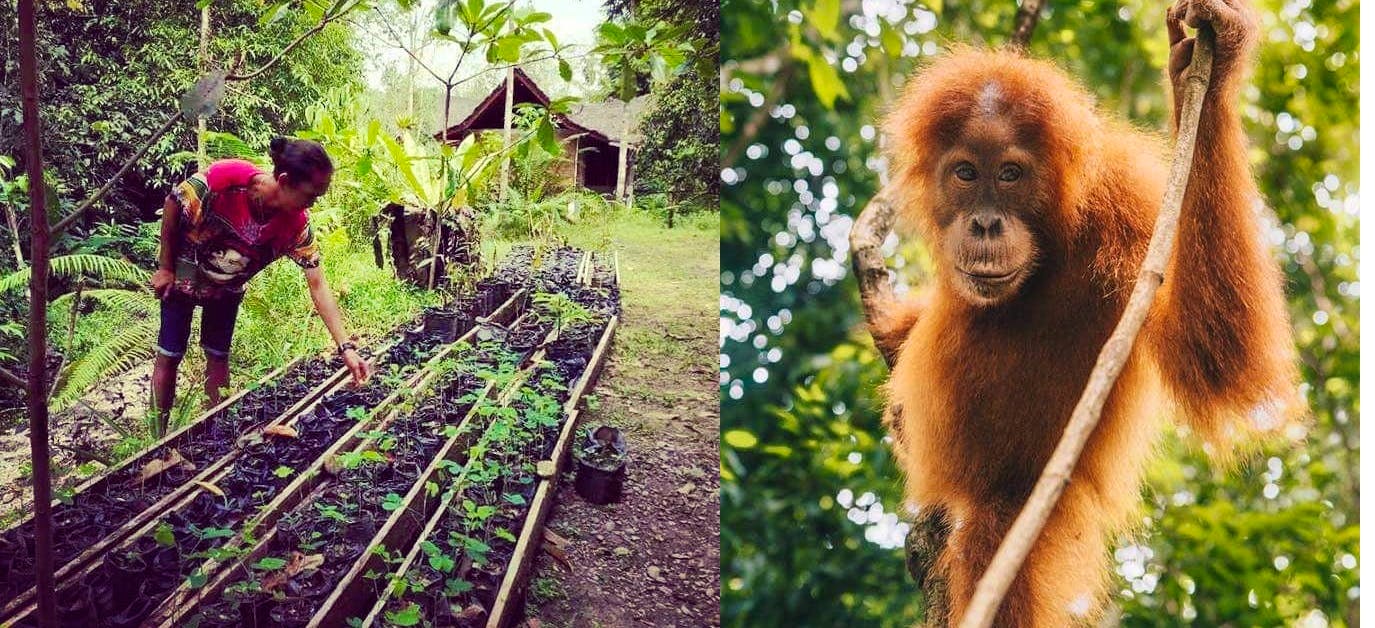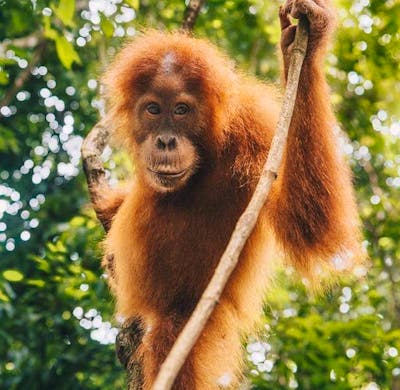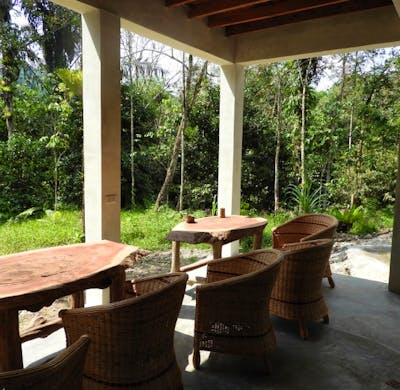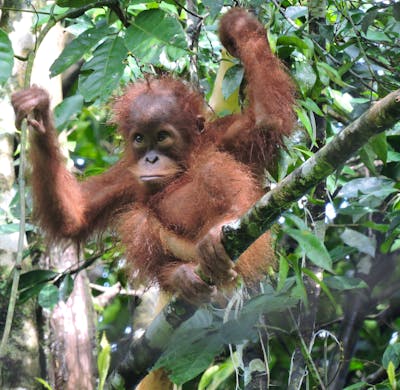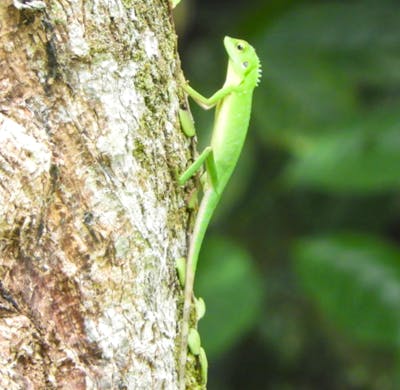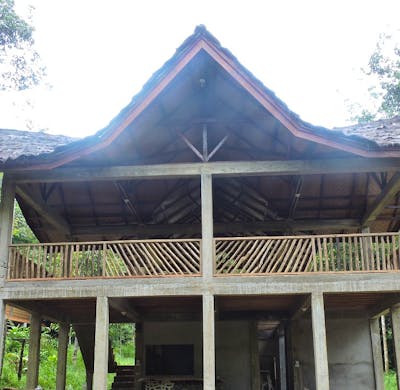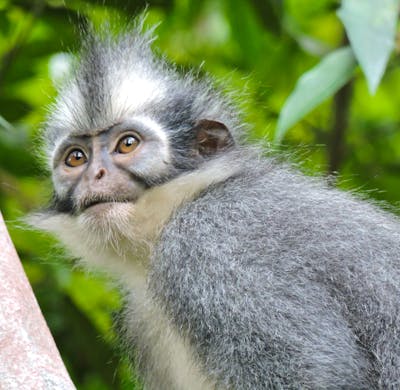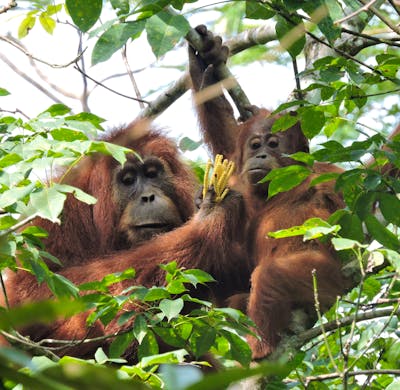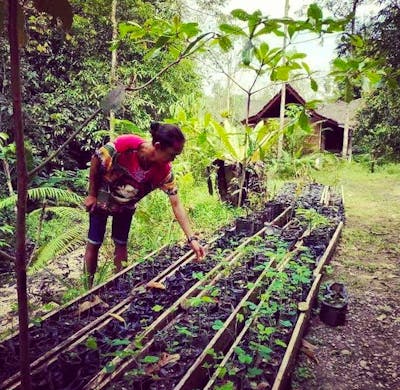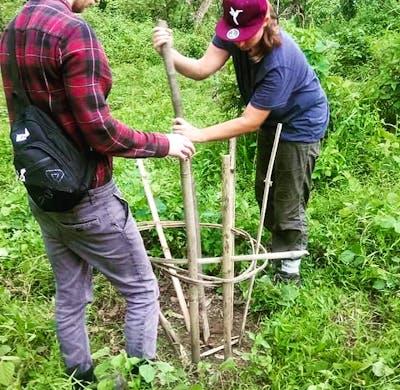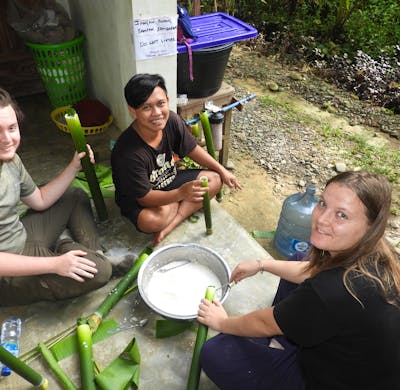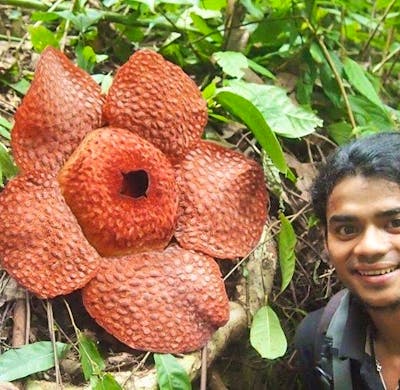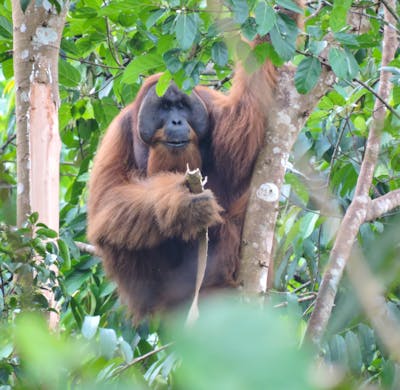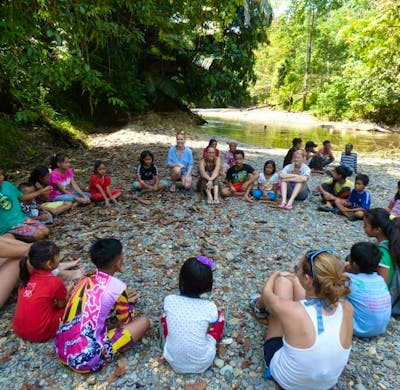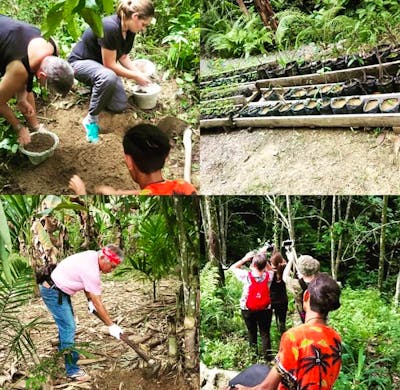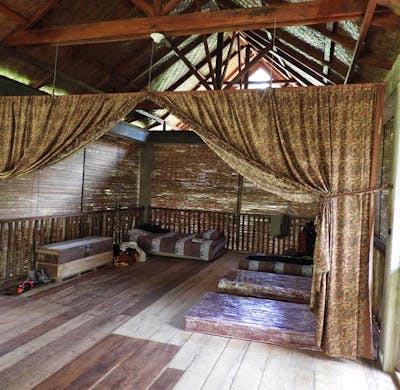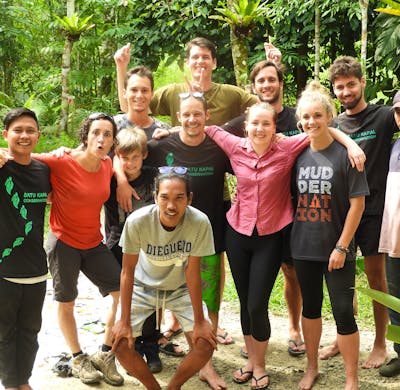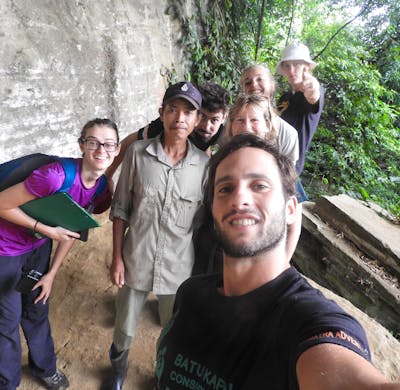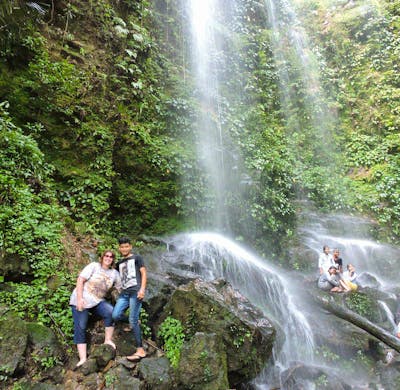a partire da 1.382€
Assistant Orangutan Program Coordinator
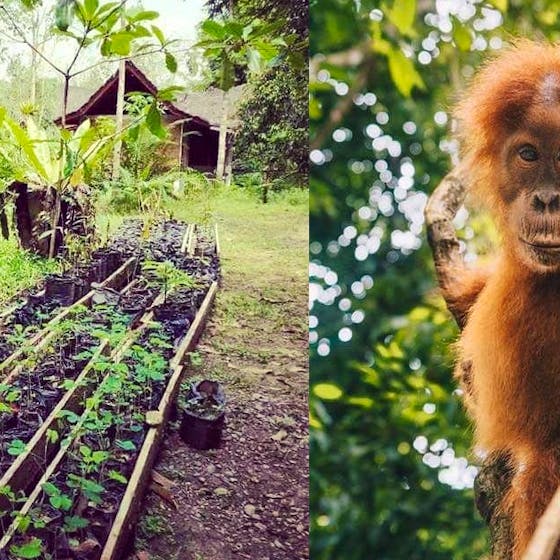
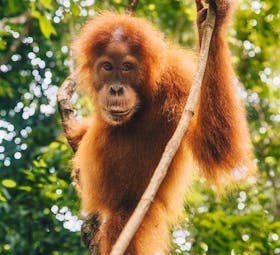
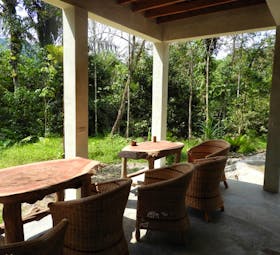
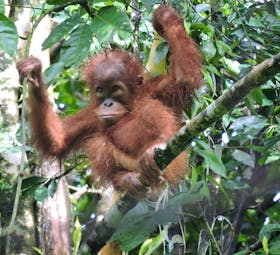
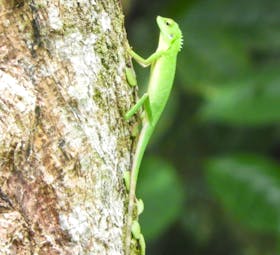
Punti Salienti
- This position is perfect if you are looking to gain experience in managing teams, managing social media and assisting with running a volunteer program
- Immerse yourself in the jungle. Wake to the sounds of primates calling along the river in the morning!
- Be amazed by the abundance of wildlife in this rare and beautiful Biolink area adjoining the Gunung Leuser national park.
- Make memories and friendships that last a life time. Immerse yourself in the local culture. Meet the locals, they will make you will feel like one of their family!
- Explore the jungle, rivers, markets and surrounding villages in your free time.
Particolarmente adatto per
Sul programma
Join us on a 1 - 6 month jungle adventure to help protect the habitat of the endangered wild Sumatran Orangutan and other animals in one of the worlds oldest rainforests.
We are a community based conservation program, run by a group of dedicated local people who are passionate about nature and the environment and who want to protect the animals and rain forest where they live. If you are looking for a hands on conservation project where you can monitor wild life, ...
Giornata tipica
As the Assistant Conservation Volunteer Coordinator your role and main daily tasks are as follows.
The main purpose of the role is to assist with coordinating the volunteer conservation program and to contribute to specific projects as required.
Duties:
Volunteer Program
The position is responsible for ...
Attività del tempo libero
Batu Kapal is a beautiful jungle location in mountains adjacent to Gunung Leasur National Park on the Landak RIver and just 15-20 minutes by motorbike or a 50 minute walk from the village of Bukit Lawang - prime wild Sumatran orangutan country.
In your spare time on the weekends you will have the ...
Requisiti
Servizi inclusi
Cosa NON è incluso?
Dettagli all'arrivo
You can arrive at Batu Kapal base camp on Sunday through to Friday between 8am and 8pm. Please note there is no check in on Saturdays.
If you arrive at the airport on Saturday, we suggest you stay Saturday night in Bukit Lawang the closest village and arrive at the project site on Sunday.
Prior to Arrival
Your passport must be valid for a minimum period of six months from the date of entry into Indonesia. Entry to Indonesia will be refused and airlines may not carry passengers holding passports with less than six months validity. You are required to retain your arrival card for presentation to Immigration upon your departure.
In order to enter Indonesia you will need a visa. Most nationalities are eligible for a 30 day visa on arrival ($35US extendable for 30 days) or you can arrange a 60 day visa before you arrive (extendable twice). Please check the current visa requirements and your nationality's eligibility with your local Indonesian embassy before you arrive.
You will fly to Medan airport (KNO) on the project start date, preferably between 9am - 5pm so you do not arrive too late at the project site, we are approximately 4 to 5 hours from the airport.
Please check with your doctor regarding the current vaccinations required to travel to Sumatra
Tariffe del programma
Incontra il tuo ospite
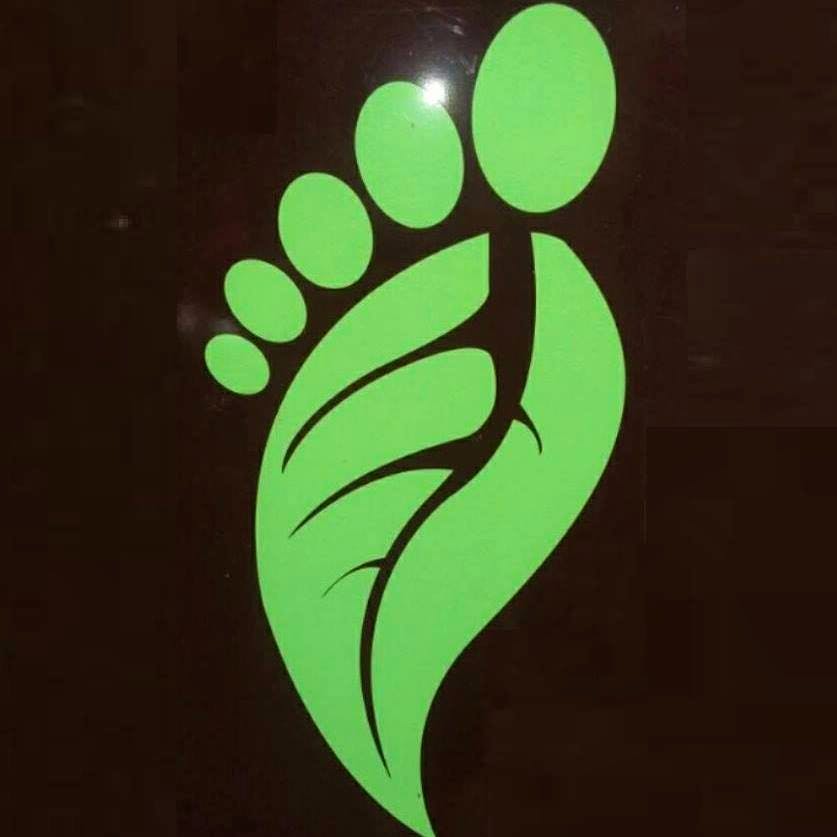
Batu Kapal Conservation
Agenzia - fondata nel 2016
Verificato da Volunteer World
Ospitato da
Batu Kapal Conservation
Sul progetto
51 recensioni ·  4.5
4.5
Posizione

Potreste essere interessati anche a
-
Orangotanghi
Salvaguardia del Pipistrello
Salvaguardia delle Antropoide
Salvaguardia delle Scimmie
piu dei 50 anni
Coppia
Volontariato in Inglese
Adulti
Progetti all estero
